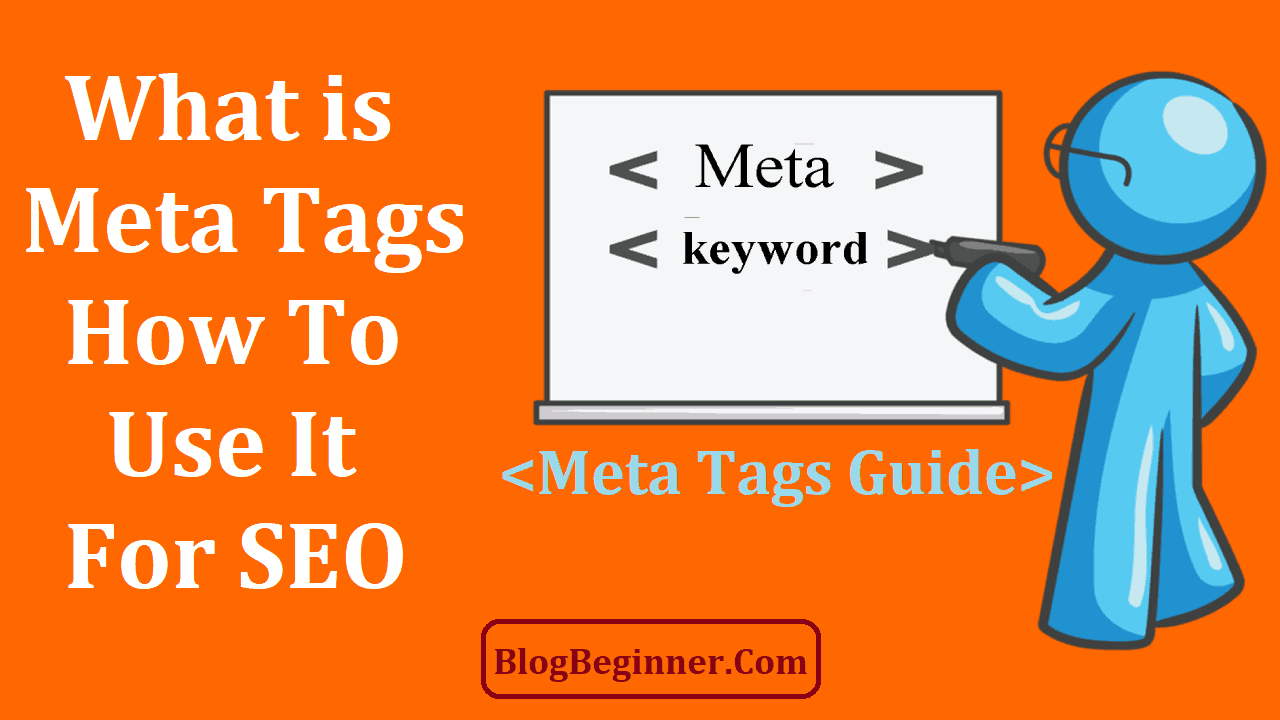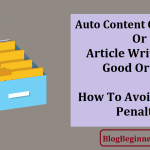Bloggers surely on their journey to keep blogs active and unique, add special tools to bring out that wow factor within the entire space.
Additionally, blogs are the biggest platform to showcase one’s talent and the biggest way in which it can be appreciated is by understanding how much audience is actually directed towards the blog.
Client’s actually visiting different blogs, make up to increase the popularity and eventually, it is easier to get the blog more channelized.
But while finding various blogs, search engines customization is required. Meta tags offer the best way to provide information about one’s blog pages and other websites.
It provides all sorts of information’s that is required by the audience when visiting particular web pages and blogs.
Additionally, up to date and in-depth knowledge is provided and all sorts of tools are used to make the optimization process more easy and quick.
Some SEO tools help to analyse not just titles but also keywords, Website links, URL’s and other images as well.
Contents In Page
What consists of Meta tags?
Meta tags mostly consist of titles, description, tags, URL’s, and other images that are crucial in optimizing one’s search engines.
Additionally, a blogger must understand other tools that would help to highlight the blog in a better way.
The steps towards proper optimization can be done in many ways.
Different blogs apply different methods to comply with the search engine procedures and one can adopt any one of these to make sure that the blog attracts more audience.
One doesn’t have to purely right to develop effective steps towards the optimization process.
It can be done randomly and it doesn’t take too much time either. The basic function of this Meta tag is to analyse how much information has actually been read for particular blogs.
If more audience influx has taken place, it means that the blog is flourishing and blossoming on the correct path. It gives all the details of the blog step by step, without many concerns.
Thus, listing all the Meta tags that adequately contribute to the blog are as follows:
1. Meta Titles:
Every blog title is quite distinctive as it features most of the blog’s essential characteristics.
The title exemplifies what the blog stands for and what kind of audience it is directed towards.
Further, the title consists of words and keywords to ensure the full stability of itself.
A blog may have several sorts of titles and no restrictions are applied to view any content on the page.
Apart from that, some search engines have a fixed number of words of which the title should be made of and this too can be viewed and modified in the search result.
2. The description of the blog
A Meta tag analyser consists of the next step which is the description.
A good Meta tag is ideally described in not more than 200 words.
Exceeding the 200 words limit can cause error messages to pop up.
This means that it must be accurate, unique and should have all the essential description in it.
Additionally, while viewing several content on the website, the analyser restricts the limit of information that must be viewed and that must not be touched upon.
Additionally, one should be careful about the contents that should be read.
3. Usage of keywords:
The usage of the keywords in the title and the description is also analysed by the Meta tag analyser.
It is not recommended to use more than 10 to 20 keywords at a time. Additionally, the keywords can be termed as key phrases to be used to make certain highlights on the blog.
It is advised to use keywords that feature more on the blog rather than just simple phrases.
Each description must contain at least one to keywords to bring in some sort of sense to the written paragraph.
Moreover, analysers make sure that the keywords used are relevant and that it makes sense to the entire blog.
4. What are the robots for?:
Robots actually tell the analyser what needs to be done.
If bigger titles and descriptions are needed, the relevant items need to be touched upon.
Additionally, one can add specific research topics to exemplify the blog in a better way.
The most obvious advantage of the robot is that it provides all sorts of enquiry and can be altered with time as well.
5. The author:
A small about me or about us note is required to upgrade the optimization search.
The author refers to the company’s and the author’s name.
Additionally, much information can be added to make up for the limit of the author.
A blog should have all the information so that it can direct significant traffic towards it.
A small author’s note can make Meta tag analysers do the work better.
A blog post should validate the hard work behind the author and also how can the blog be optimized further. On that note, the author should significantly contribute towards the blog to make it more effective and unique.
All steps and tools should be applied to make the blog receive greater and better customer influx. Moreover, all the hard work of the author is reflected in the blog.
From small changes to taking a great leap in the procedures, the author must contribute to every single success that makes the blog run smoothly.
Effective ways to increase the optimization process:
Keeping in mind all the meta tags and its effective uses, efficient client control and influx can make blogs better and more sustainable for that matter.
Optimizing the blog is necessary as it helps search engines to identify the blogs in a better manner by readily searching either the titles or the keywords or even the author as well.
Thinking of all the perspectives into making search engines look for better viewing options can readily boost up the blogging scene and keep bloggers more channelized into the process of optimization.




